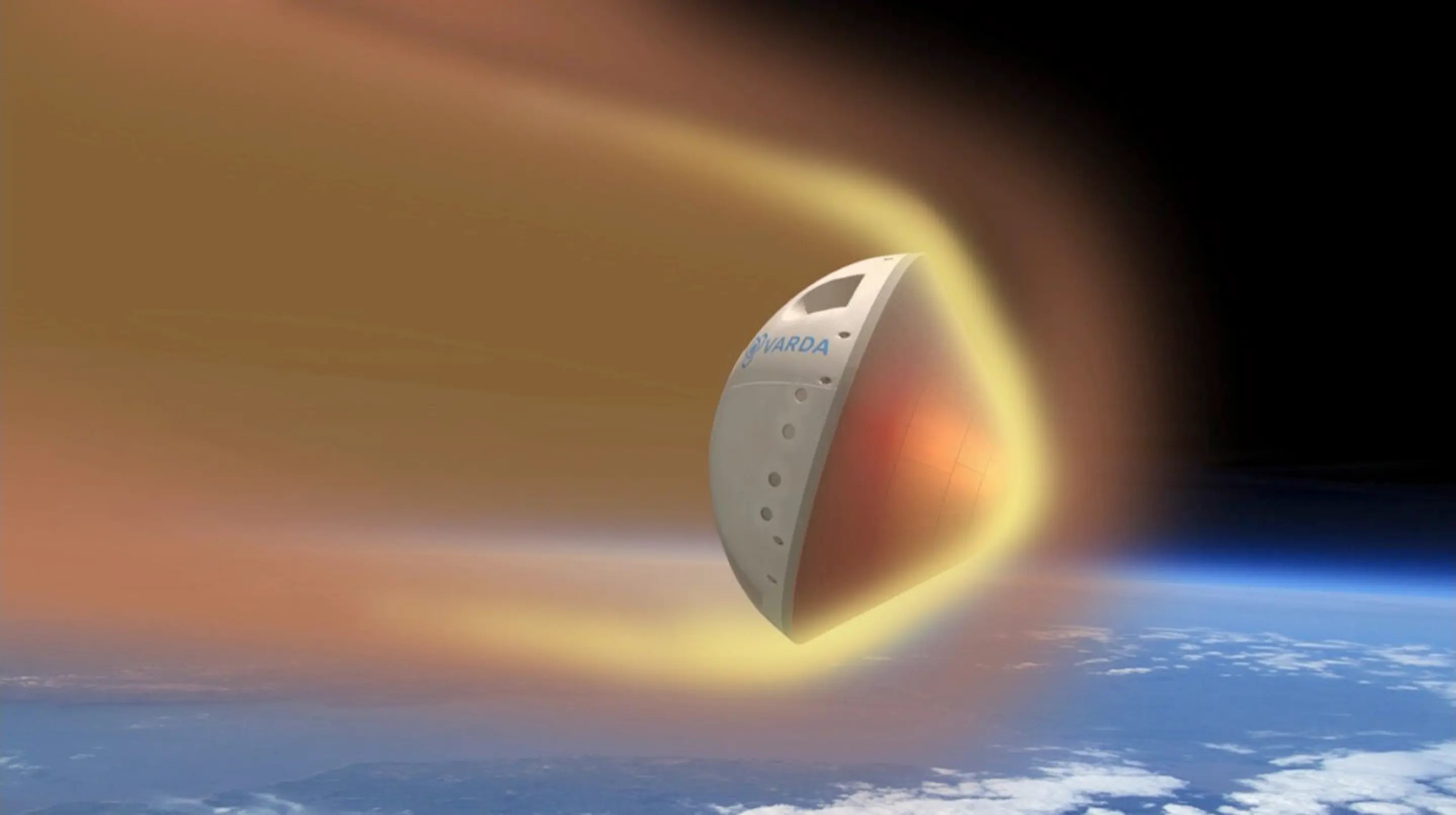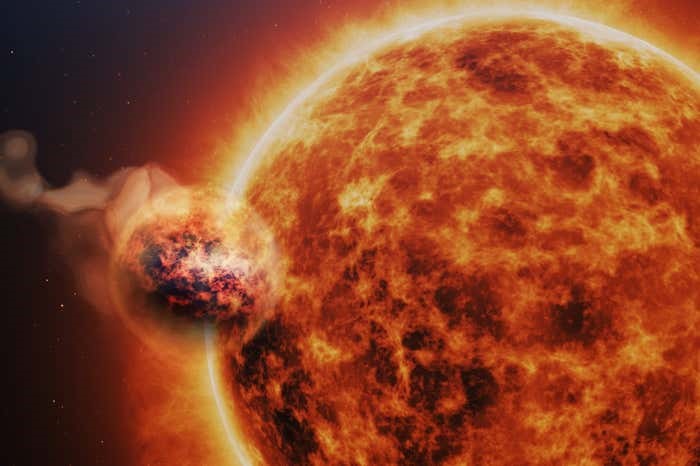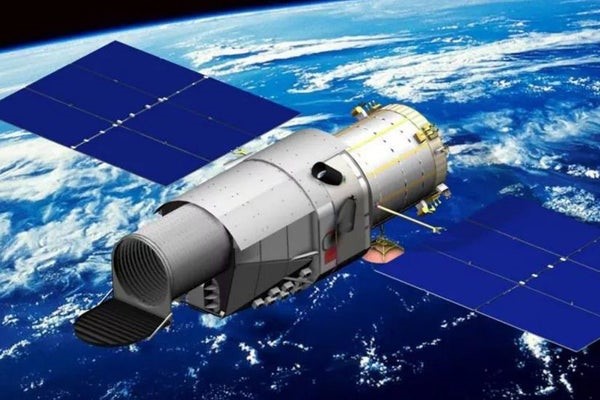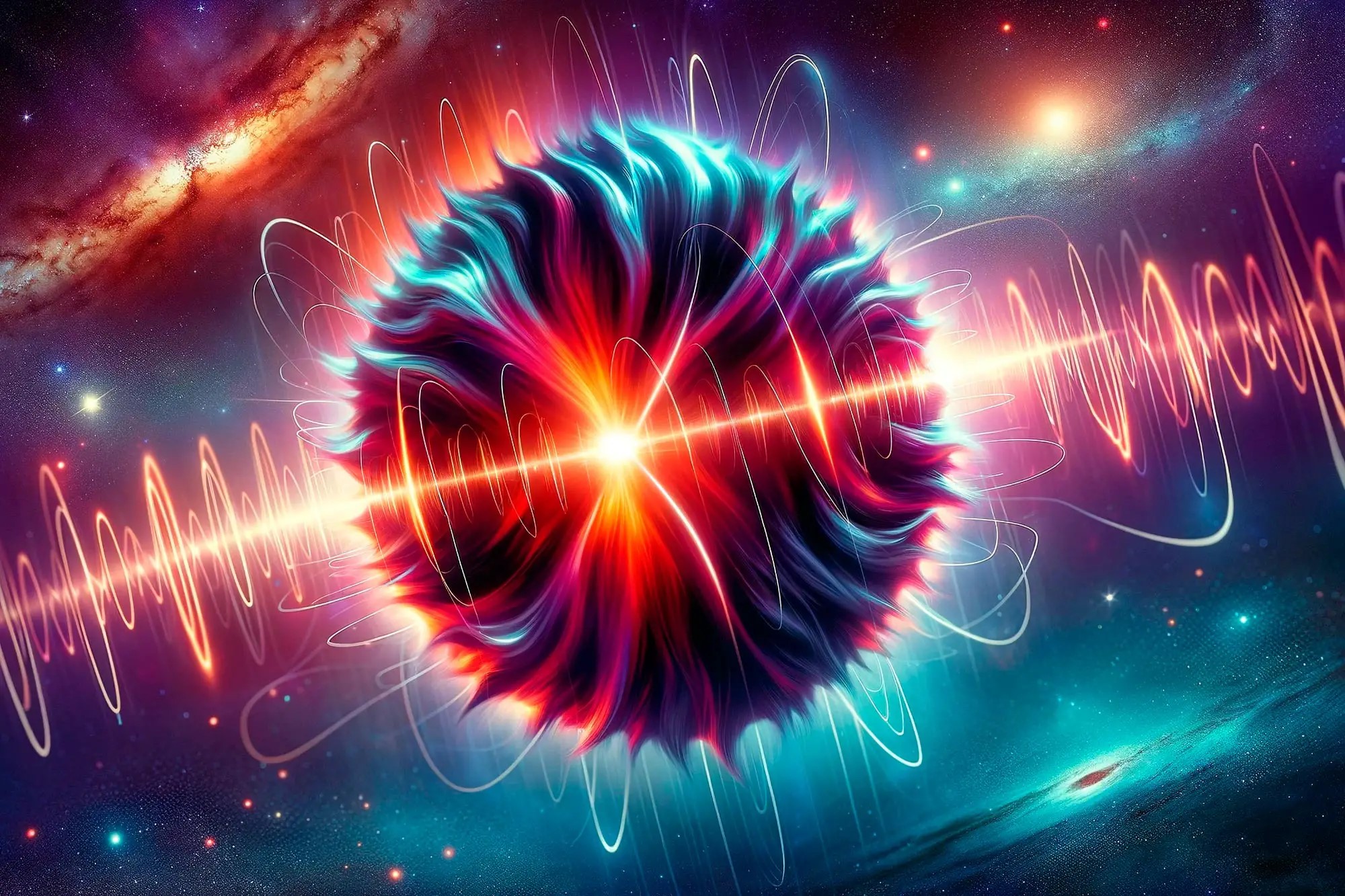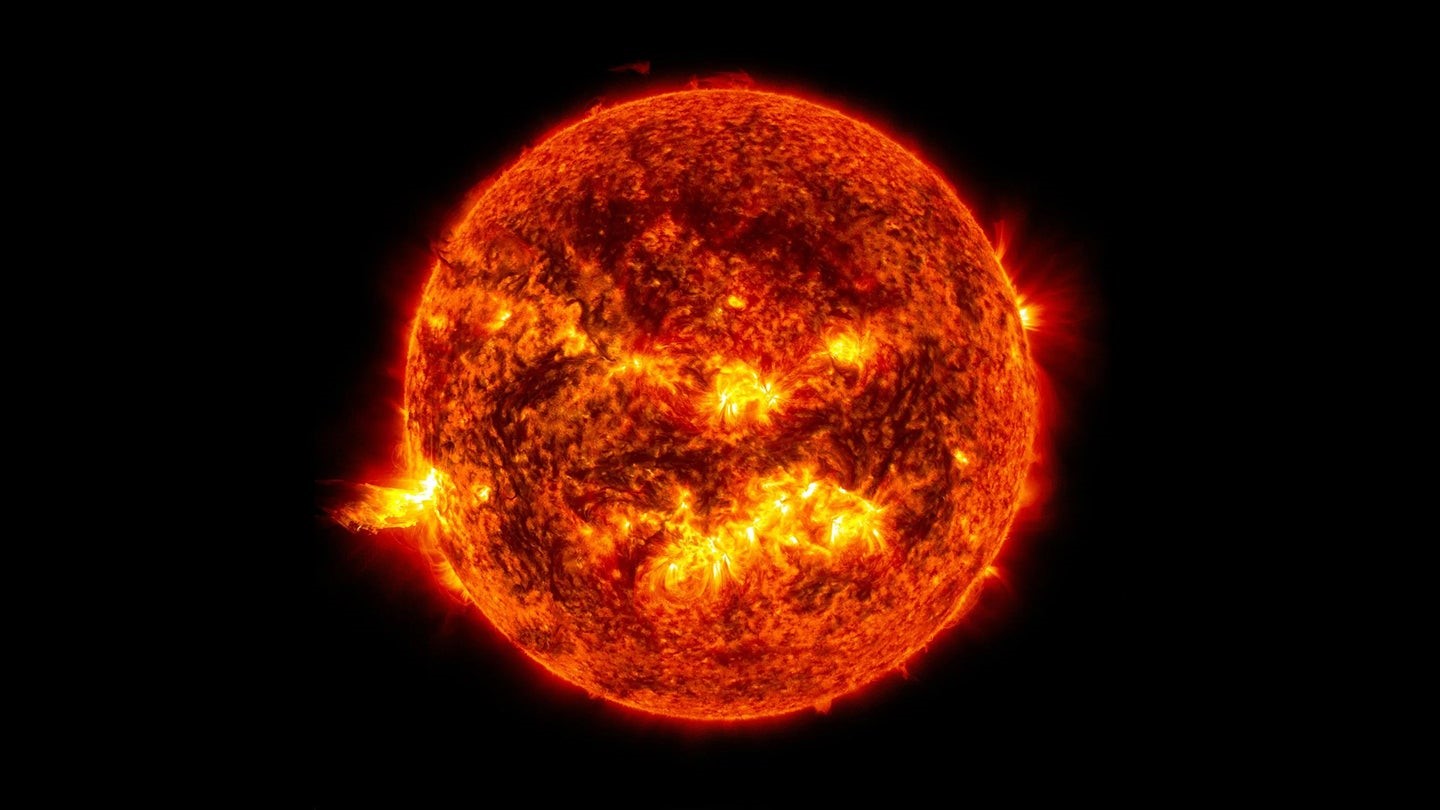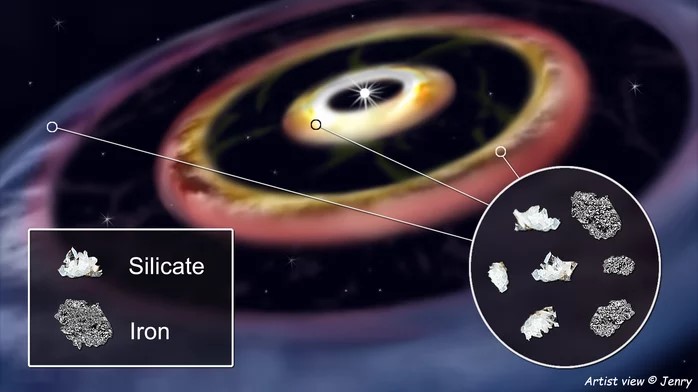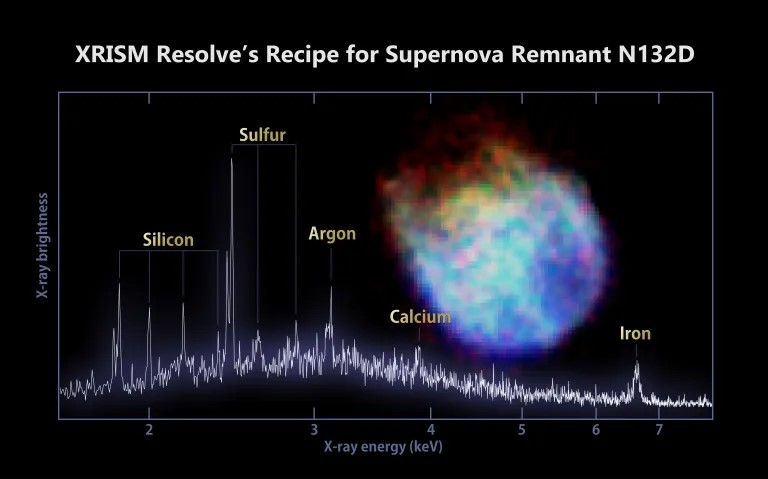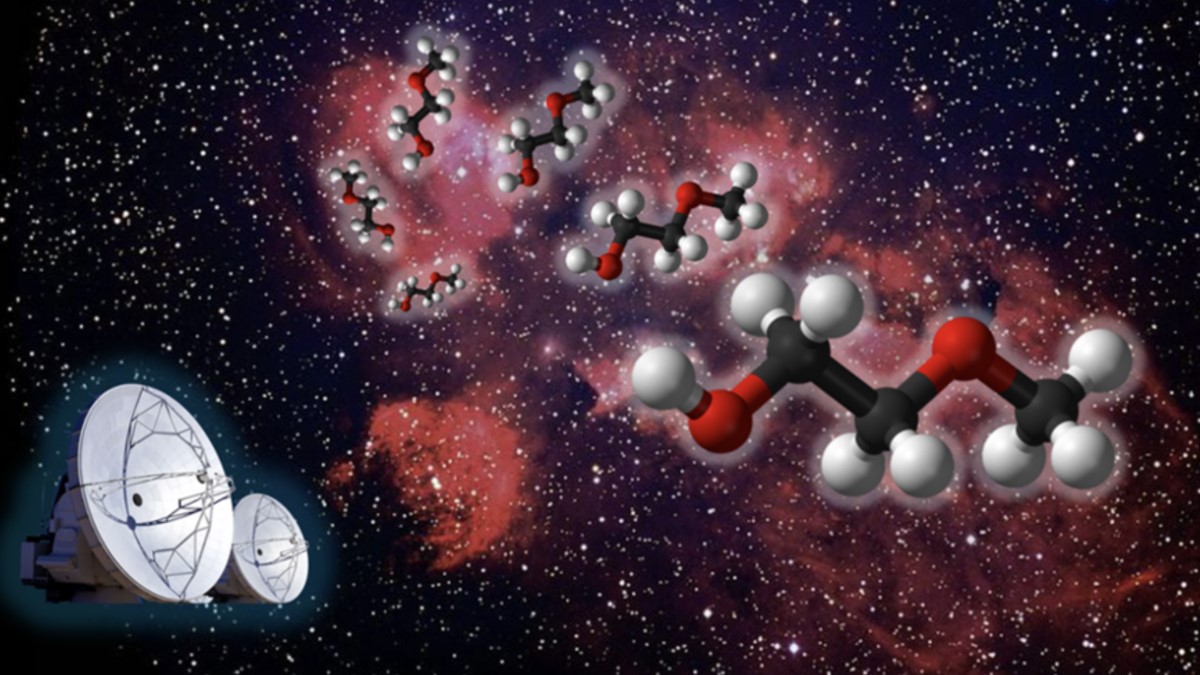Scientists Achieve Breakthrough in Using Heat to Control Magnetism in 2D Materials
Groundbreaking research from the University of Exeter could pave the way for ultrafast, laser-driven storage devices. This study focuses on advancing the development of laser-driven magnetic domain memories, potentially transforming the future of data storage.
This groundbreaking research, published in Nature Communications, introduces a novel method for using heat to precisely control magnetism in two-dimensional (2D) van der Waals materials. While heat is usually an undesirable byproduct in electronic devices, especially semiconductors, this study could offer new opportunities for managing heat in increasingly compact devices, addressing a key challenge in modern electronics.
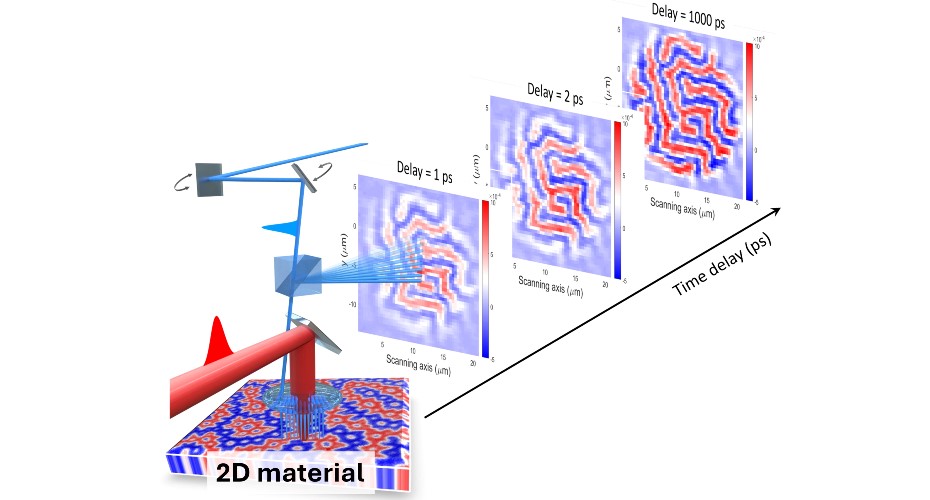
Figure 1. Time-Resolved Imaging of Magnetization Dynamics Using Beam-Scanning Microscopy
This innovative research transforms a common challenge into an opportunity by utilizing the unique properties of 2D materials [1]. These materials, with their weak interlayer bonds, offer low thermal conductivity and highly anisotropic heat dissipation. Led by Dr. Maciej Dąbrowski at the University of Exeter, the study introduces a groundbreaking method to control heat flow and magnetic properties on femtosecond timescales. By applying precisely timed laser pulses of different wavelengths to heat and probe the material, the team successfully monitored temperature and magnetization dynamics in atomically thin 2D materials in real-time. Figure 1 shows Time-Resolved Imaging of Magnetization Dynamics Using Beam-Scanning Microscopy.
This breakthrough allowed for sub-picosecond temporal resolution and sub-micron spatial resolution, setting a new precision standard in the field. A significant achievement of the research was the team's ability to manipulate the thickness of magnetic layers, which enhanced heat dissipation and sped up the magnetization recovery process. These advancements pave the way for the development of ultrafast data recording devices that rely solely on laser pulses, eliminating the need for external magnetic fields.
The potential applications of this technology are immense. By controlling magnetism with laser pulses, it may be possible to create highly efficient, non-volatile memory devices that are faster, smaller, and more reliable than existing alternatives [2]. Dr. Dąbrowski highlighted that this research opens up exciting possibilities for thermal engineering on ultrafast timescales, with the observed robust magnetic domain memory effect revealing new applications of 2D van der Waals magnets in ultrafast magnetic recording and quantum technologies.
References:
- https://phys.org/news/2025-03-scientists-breakthrough-harnessing-magnetism-2d.html
- https://news.exeter.ac.uk/faculty-of-environment-science-and-economy/physics-and-astronomy/scientists-achieve-breakthrough-in-harnessing-heat-to-control-magnetism-in-2d-materials/
Cite this article:
Janani R (2025), Scientists Achieve Breakthrough in Using Heat to Control Magnetism in 2D Materials , AnaTechMaz, pp. 174



